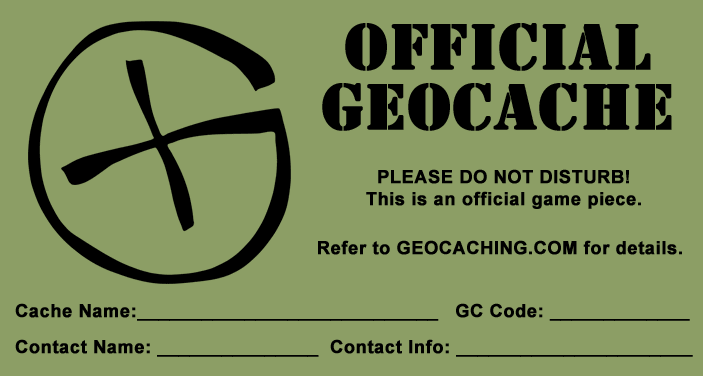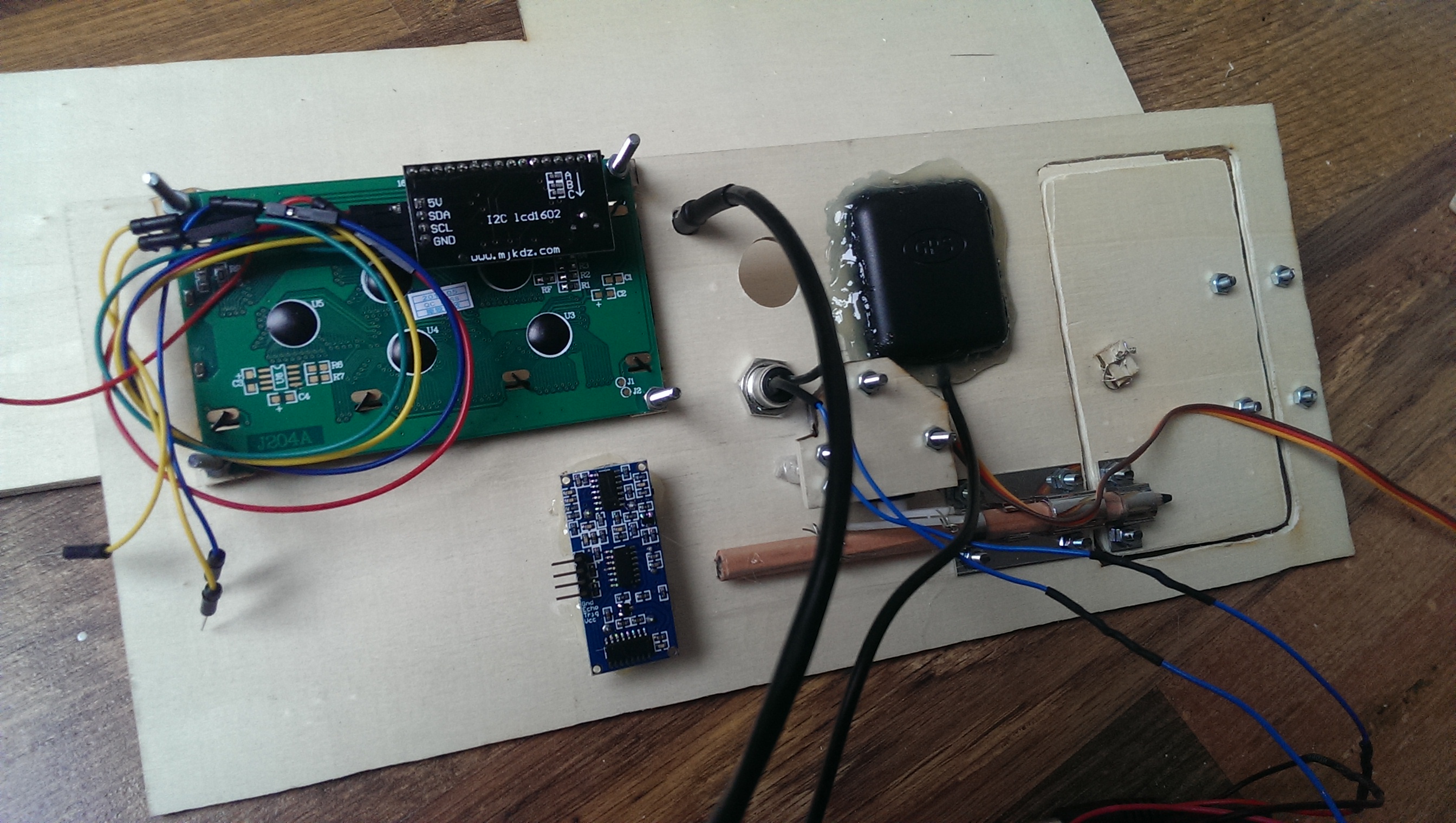

That's why I was asking about a "standard or semi-standard

> seeing which one produces coördinates in the vicinity of the given

> program to generate 24 different but equally valid decoding schemes, & OTOH, this approach involves writing a computer > clue, & the coördinates are there once you hit on it (as with the > deterministic" solution, i.e.: there is one correct way to decode the But I'd expect this kind of a puzzle to have a "sort of Yeah, I suppose lat and long in a mix of numbers and upper and lower case letters isn't very useful. On Monday, Apat 7:45:05 AM UTC-7, Adam Funk wrote: > I'll take a look at that, but I'd be surprised at that level ofĪnyway, isn't the same as converting each of the bases to two bits (in > There are four letters, hence 16 pairs, > If so, you might try converting them to the one-letter codes for the > but it seems to be a toy educational example & gave gibberish for the > Is there any standard or semi-standard way of representing DNA as > Just for the decimas of minutes would suffice, actually. > (degrees, minutes, & decimals of minutes). > numbers or numbers & a few letters to get coördinates of the form > a sequence of the characters A, T, C, & G. > I'm trying to figure out a "mystery" geocache whose puzzle consists of On Tuesday, Apat 2:00:05 PM UTC-6, Adam Funk wrote:


 0 kommentar(er)
0 kommentar(er)
